Our Top Picks
“Still my daily driver knife! I use this knife at least 50 hours a week, every week.”
“Knives are well balanced and super sharp. And for the price you can’t beat it.”
“The hammered blade metal-work is beautiful and it cuts like a dream. Well worth the price!”
“The packaging was impressive. The blade is exquisite and wickedly sharp out of the box.”
“Super quality knife – you’ll own it and use it for a lifetime, and then it can be handed down.”
“I have used this daily for months. For the price, it’s an amazing value.”
Chef’s knives are an essential item to any kitchen, whether it’s in a professional or home setting. Chef’s knives are functionally all-purpose tools, which can be used to cut just about any food reliably.
The best chef’s knives will be perfectly sharp, retain the sharpness for a long time, and have good ergonomics for repeated use. Let’s check out some of those best options now!
Item 1: Victorinox Fibrox Pro Knife
Those looking specifically for chef’s knives may want the best option around; something with a premium feel, from a premium brand.
Our top option on this list comes from a pretty reputable name: Victorinox is a brand based in Switzerland that’s been around since 1884. They’re most famous for making Swiss Army knives—if you’ve ever seen a Swiss Army knife, it’s probably from Victorinox.
Why has this option made the top of the list of the best chef’s knives? The answer is pretty simple: it’s from an highly reputable company, is affordable, and most importantly, is just a great knife.
Pros:
- Very affordable pricing, which is even more impressive considering the quality offered
- Prime members get a discount
- From a highly reputable brand
- Laser-tested blade
- Dishwasher safe (though hand-washing is recommended)
- Non-slip ergonomic handle
- Blade is specially angled/curved for easier chopping
- Easier to maneuver due to lack of full bolster and heel
- Incredibly well-received by customers, with over 9,600 reviews backing a 4.8/5 rating
Cons:
- Manufacturer recommends honing the blade every couple uses for optimum performance (though many will ignore this and be fine)
- Consistent complaints that blade dulls quickly, though there are very few of these
- Lacks a full bolster and heel, which some may prefer
Item 2: WÜSTHOF Classic Chef’s Knife
Just as how our top option is from a reputable brand that’s been around since the 1800s…our second option is ALSO a reputable brand that’s been around for a while.
Wüsthof has been around since 1814, has been owned by the same family all that time, and all the knives are manufactured in Germany.
So it’s no surprise why this chef’s knife is near the top of the list: there just isn’t really anything wrong with it, and it’s beloved by customers. In fact, it’s basically tied for first place, but the price holds it back a little.
Pros:
- Discount for Prime members, which is a pretty good price for the quality
- Product is from a classic line from a highly reputable company
- Ergonomic handle design, made from long-lasting material that will resist fading and discoloration
- Specially designed blade that’s 20% sharper than previous models
- Full bolster and finger guard for safety and control
- Incredibly well-received by customers, with over 1,800 reviews backing up a 4.8/5 rating
Cons:
- On the pricey side without a Prime discount; even with a discount, may be pricey to some
- Some complaints of receiving counterfeit knives
- Some complaints of knife arriving dull or blade breaking; however, it seems more likely that these are counterfeits than original Wüsthof knives
Item 3: ZWILLING Professional “S” Chef’s Knife
Here we have a product that is also very close in quality and reputation to the first two:
The Zwilling chef’s knives are actually made by another German company that’s been around for a while. Zwilling J.A. Henckels, or just Henckels, has been around since 1731, making it nearly 300 years old!
As with the first two, this line of chef’s knives has been very well received by customers.
Pros:
- Larger and smaller knife options available from this line
- Special formula used to make high carbon stainless steel blade
- Special blade design to retain sharpness longer
- Ergonomic handle is perfectly bonded to the blade
- Incredibly well-received by customers: 4.8/5 rating upheld by over 700 reviews
Cons:
- May be a bit on the pricey side for some
- Consistent complaints of knife arriving chipped or damaged, though there are very few of these
- Some complaints that it dulls easily and needs frequent sharpening, but there are very few of these
Item 4: Shun Classic Chef’s Knife
Shun’s line of classic chef’s knives is a more unique option: it’s more of an upstart compared to those other long-established brands, but it’s not cutting corners on quality. It’s also got a more Japanese style than a Western one, though it can be used as an all-purpose knife just like the others.
With an interesting blade design on the blade and a hardwood handle, this option may be perfect for some or ugly to others. But there’s no doubt that it’s been a big crowd-pleaser.
Pros:
- Prime discount available
- Smaller and larger models from this line available, plus custom engraved options
- Unique pattern on blade
- Handle uses hardwood infused with resin, which makes it durable and easy to clean
- Secret formula used to create extra-sharp and durable blade
- Has a bolster despite being Japanese-style
- Very well received by customers; over 2,000 reviews upholding a 4.7/5 rating
Cons:
- A bit pricey, even with a Prime discount
- Some may dislike the pattern on the blade
- Some may want a full heel
- Consistent complaints that the knife chips or rusts within a year, but there are very few of these
Item 5: Zelite Infinity Chef Knife
Here we have another Japanese-style knife, which can also be used just as any other chef’s knife.
Like many of the other chef’s knives, Zelite’s line of Infinity chef’s knives comes with loads of great technical specifications, a rigorous manufacturing process, and a very positive reception among customers.
But it steps things up with a great warranty and a lot of effort put into the presentation.
Pros:
- Larger and smaller chef’s knives available within this line
- Well-weighted to require minimal effort for use
- Lack of full heel makes it easier to move around
- Ergonomic handles minimize wrist tension and are military-grade
- High-quality steel: 67 layers of high-carbon stainless steel made with the gold standard process of knife manufacturing
- Very unique pattern on blade
- Elegant storage case that makes initial opening impressive, plus a nice feature in later use
- Lifetime warranty with 100% money-back guarantee
- Very well-received by customers; 4.7/5 rating upheld by around 3,000 reviews
Cons:
- Some customers have received fake/rip-off versions
- Some complaints of rusting and chipping
- Some may prefer a full heel and bolster
- Some may dislike the design of the weight balance and shape
Item 6: J.A. Henckels International 31161-201 CLASSIC Chef’s Knife
Once again, we have a line of chef’s knives from the esteemed Henckels. This is basically the company’s budget series of chef’s knives, contrasted with its more premium and professional-grade options.
This option has more consistent complaints with build quality and design, but is still very well-received by customers. Its price and lifetime warranty make it one of the best value options you can get, close to par with the budget value of our first option.
Pros:
- Great discount for Prime members
- Price is an excellent value with Prime discount and is still generally well-priced for the quality without the discount
- From a long-established and trustworthy brand
- Dishwasher safe
- Ergonomic, triple-rivet handle
- Full bolster to ensure safety
- Fabricated from high quality steel, though it’s not fully steel
- Lifetime warranty
- Very high 4.8/5 rating backed up by over 3,500 reviews
Cons:
- Not as presentation-focused or visually unique as other options here
- Consistent complaints about build quality: chipping, finishing coming off, lack of sharpness (though these are a small minority)
- Consistent complaints that the knife does not feel comfortable or easy to use, particularly because of its balance
- Steel/blade manufacture is not as rigorous as other Henckels options
Item 7: Cangshan D Series 59120 German Steel Forged Chef’s Knife
Although it’s last on this list, it’s certainly not the least! Cangshan’s D series of chef’s knives is still highly praised by customers, and it comes at very affordable pricing.
It’s held back by some complaints about sharpness, but those are a small minority of customers, who mostly find it to be an excellent value buy.
Pros:
- Very affordable pricing
- High quality German steel
- Eastern-style design for easy slicing edge and maneuverability
- Very high hardness rating
- Tested and proven sharpness and edge-retainment
- High customer satisfaction; hundreds of reviews upholding a 4.7/5 rating
- Consistent praise by customers for ergonomics
Cons:
- Consistent complaints that sharpening could have been done better out of the box
- Consistent complaints that constant sharpening is needed after some use
- Some may prefer a full heel
- Lack of customer reviews compared to other options makes it more difficult to fully compare
Our Winner:
Ultimately, our winner is the Victorinox Fibrox Pro Knife.
This whole list is full of great chef’s knives that can last a long time. However, Victorinox’s Fibrox Pro chef’s knives provide the best combination of quality, customer satisfaction, and price.
But that doesn’t mean it’s necessarily the best option for YOU. Some may prefer different designs or aesthetics; luckily, each of the other chef’s knives on this list offer their own combinations of these things, so you have plenty of options.
Not sure what chef’s knives are best for you? Don’t worry, no rush. Check out our buyer’s guide below.
Buyer’s Guide:
Knives are basically simple tools. But there are many different parts in the design of chef’s knives that we might normally take for granted, which are important to keep in mind when looking for a new knife.
So let’s cover the basic design elements of chef’s knives, so you know what to look for.
Keep in mind that this isn’t a perfect descriptor of all chef’s knives; some knives don’t have all these design elements, and that’s okay!
Here’s a rough image to keep in mind and refer to:
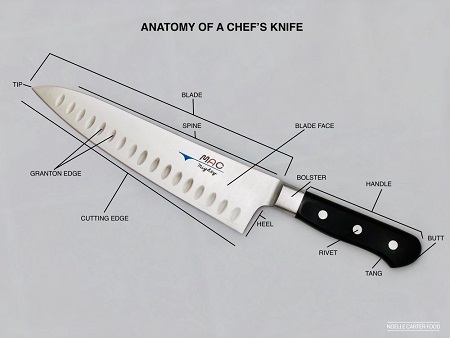
Having an ergonomic handle is pretty important. It’s not just good for comfort; if your hand or wrist is uncomfortable when using the knife, it raises the risk of a slip or injury.
An ergonomic handle can be made of different things. Often it’s plastic or rubber. Wooden handles have the risk of harboring bacteria, because it’s porous. Some localities even prohibit restaurants from using knives with wooden handles.
However, that doesn’t mean wooden handles are to be avoided:
It depends on the specification of the handle. Also, many good chef’s knives nowadays that come with wooden handles find a way around health concerns by treating the wood with special materials, like plastic resin.
The handle should connect to fully to another part of the knife that we need to talk about:
The tang of a knife is the part of the blade that isn’t a blade, so to speak. The best chef’s knives will be made from a single piece of metal; so the tang is part of that same metal structure.
Ideally, the handle goes around the metal tang fully. This allows for full stability and control. A half or partial-tang means the tang extends only partway through the handle, and that should be avoided.
Quality chef’s knives will not only have the handle fully meet the metal tang, but will match it perfectly. If the tang is full BUT slightly out of place with the handle, it’s a sign of poor craftsmanship, though it may not seriously affect performance.
WÜSTHOF Classic Chef’s Knife is a good example of what a well-crafted full tang looks like:
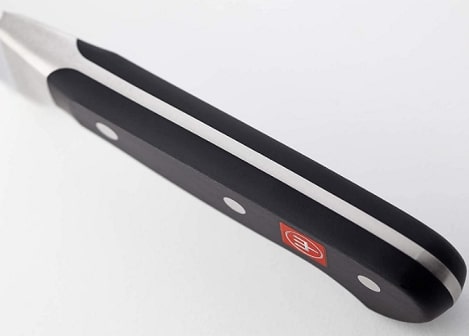
As for the other main parts of a knife to keep an eye on…
It’s important to note here that chef’s knives can still be excellent without these, or with only partial versions of these. However, they are often sought-after, and it’s good for you to know whether or not you’d like them in your chef’s knives.
So, what are they?
The heel is the widest and thickest part of the overall knife: where the blade meets the handle. Some are wider than others, or heavier, and they may have different slopes.
Japanese-style knives don’t really have heels.
Does it matter?
Sort of. In the scheme of things, a high-quality chef’s knife will be good for cutting most food regardless of the shape. But some people have personal preferences based on how they cut food and what they cut most often:
As the heel is used most often to cut down on the things that require the most force. Good examples include vegetable or fruit rinds, some parts of meat (like tendons), and so on.
So if you chop a lot of things that are tough like that, you may want a heavier and wider heel to make that easier. In that case, German-style knives are roughly better than Japanese-style ones.
For example, check out how hefty the heel of the WÜSTHOF Classic Chef’s Knife is:
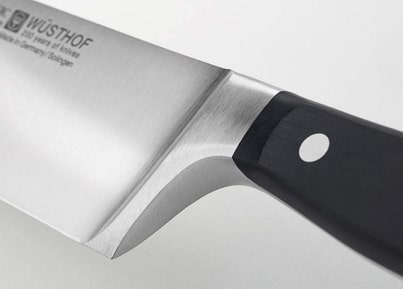
It may also be nicer to have a blade slope that makes it easy to leverage the tip of the blade on a cutting board, so you exert less force yourself when using the heel.
The main downside of a thicker or full heeled knife? It’s usually heavier and may be tougher to maneuver. For that reason, many who prefer fine-slicing and easy movement also prefer Japanese-style chef’s knives.
To illustrate, compare the heel of the Wüsthof knife from above to the partial heel of this Japanese-style knife from the Cangshan D Series.
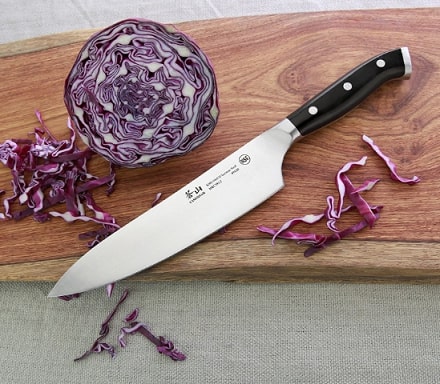
Now, for bolsters:
The bolster is also a part of the knife where the blade meets the handle, but it’s not about the bladed part itself. It’s the top of the knife, not intended for cutting, that thickens as the blade meets the handle.
This is useful for stability and particularly to be used as a finger-guard for the hand that’s holding the knife.
For example, the ZWILLING Professional “S” Chef’s Knife has a full bolster. You can see how it provides room for a finger above the handle to steady cutting:
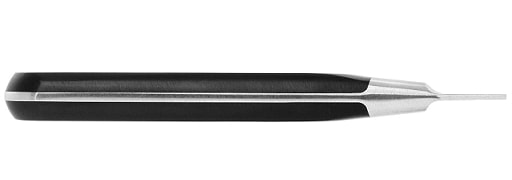
As with the heel, not all knives fully have this, and that’s okay.
Specifically, Japanese-style chef’s knives usually don’t have full bolsters—some don’t have any bolsters at all.
The main advantage to not having one? It’s easier to sharpen a blade fully without one, and as with heels, some prefer the lighter feel of a blade that lacks a bolster.
However, many chef’s knives nowadays combine Eastern and Western styles, so you can get Japanese-style blades without heels but with bolsters, Western-style blades that lack bolsters or heels, and so on.
One might think at first that maintenance should only be needed for cheaper chef’s knives:
However, the reality is actually a bit more nuanced. You should put some care into maintaining chef’s knives in general, but ESPECIALLY if they’re premium.
That’s because premium knives are intended for constant use and thus constant upkeep.
Of course, ideally, a very high quality knife will retain its edge on its own for a while. That’s mostly the case with the higher end chef’s knives on this list. However, it’s unlikely to retain the edge for more than a couple years unless properly cared for.
So what does properly maintaining a knife entail?
It’s actually not that bad. You should use a knife steel to hone the blade after each use, or at least pretty frequently. You should also sharpen with a sharpening stone (also known as a whetstone) a couple times a year.
Luckily, some manufacturers sell whetstones and/or knife steels in combination with their chef’s knives, or separately but for intended use on their line of knives.
While it may sound like a nuisance, it’s important to understand this as a natural component of buying a high quality knife for the kitchen.
If you do take basic care of your high-quality chef’s knife though, it’ll last for decades. In the long run, it saves you money and frustration; spending $150-$200 for something that stays effective over the course 20+ years is a great investment.
Conclusion
As stated earlier, our top recommendation is the Victorinox Fibrox Pro Knife. But also as stated, that’s not necessarily the best for you.
With so many great chef’s knives out there, the perfect option is out there waiting for you. Why wait?
Happy cooking!
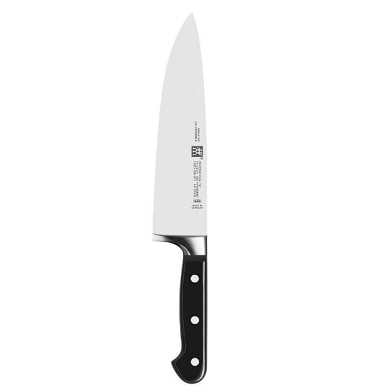
rajashekar said…
“World class shun knives are a delight to own, lucky to purchase on amazon.in, numbrave retailer at a very reasonable price.”
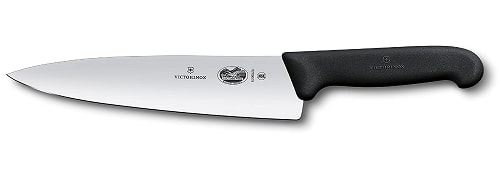
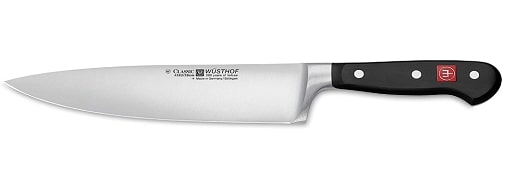

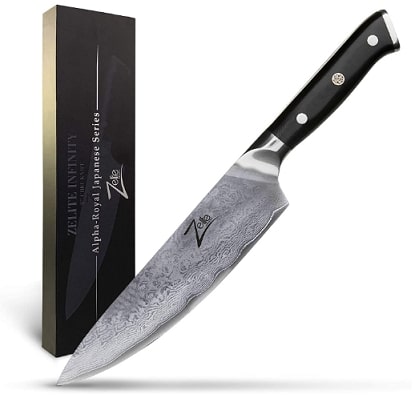
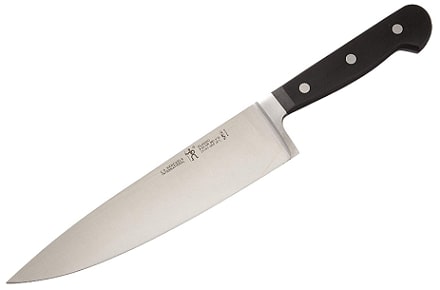

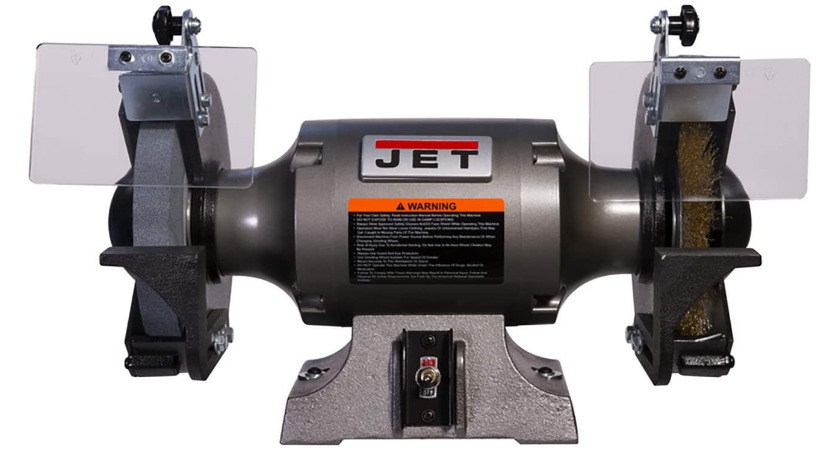 Jan 8, 2024
Jan 8, 2024 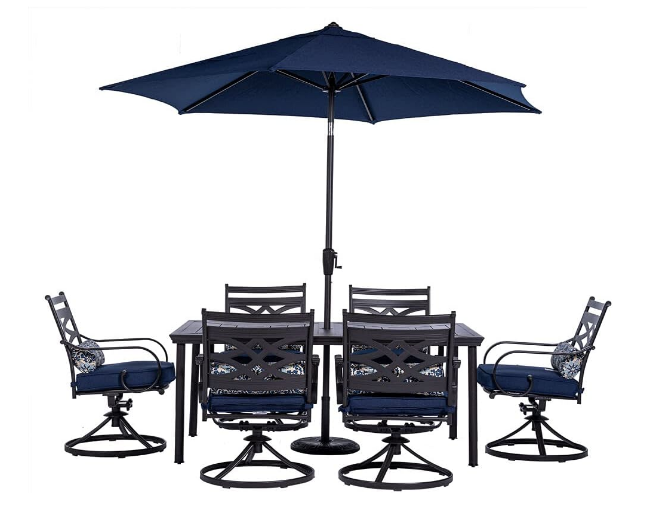 Jan 8, 2024
Jan 8, 2024 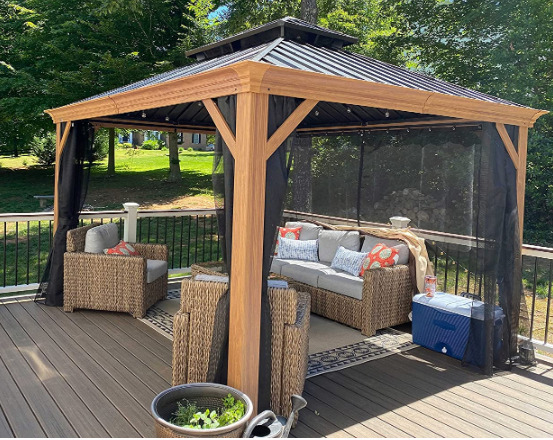 Jan 8, 2024
Jan 8, 2024 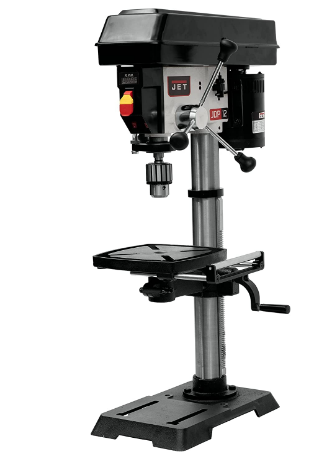 Jan 8, 2024
Jan 8, 2024 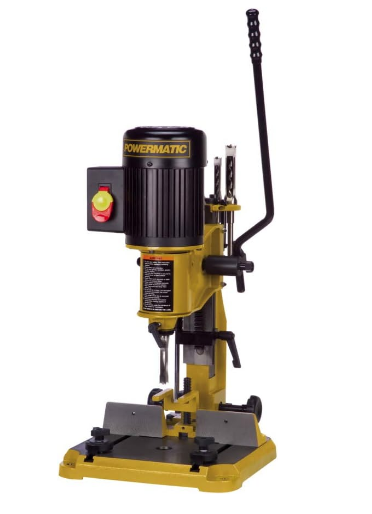 Jan 8, 2024
Jan 8, 2024